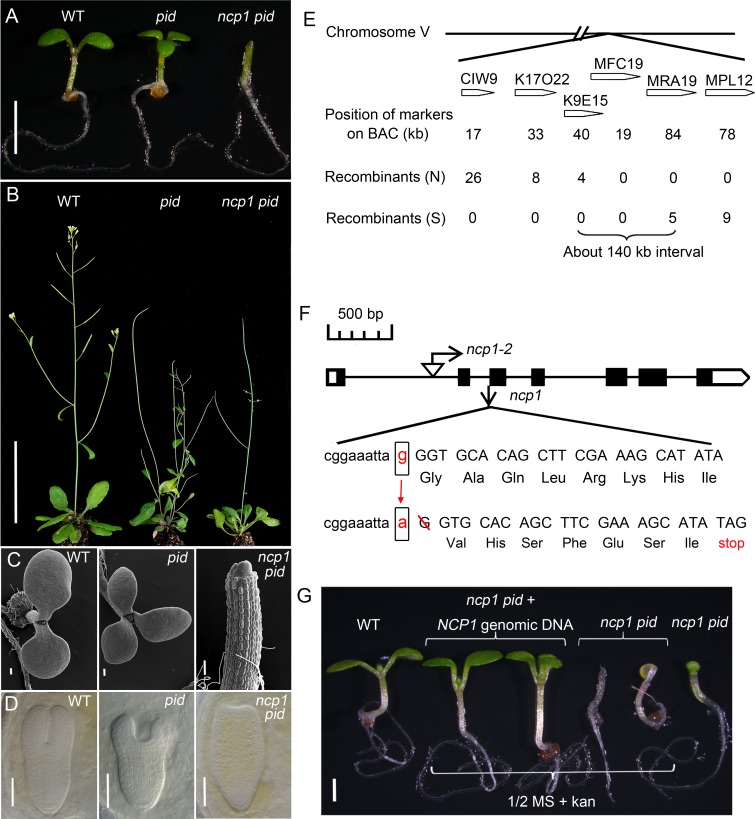Fig 1. Identification and molecular cloning of ncp1.
(A) Mutation in NCP1 caused no-cotyledon phenotypes in seedling in pid background. From left to right, WT, pid, and ncp1 pid. (B) Adult plants of WT, pid, and ncp1 pid. (C) Electron micrographs of seedlings of WT (left), pid (middle), and ncp1 pid (right). Note that ncp1 pid failed to develop a cotyledon. (D) Late stage of embryos of WT, pid, and ncp1 pid. (E) Molecular cloning of ncp1. The mutation in ncp1 was mapped to an interval of about 140 kb on Chromosome V. (F) A schematic gene structure of At5g45550 and the location of T-DNA insertion of ncp1-2. Black boxes and lines designate exons and introns. The mutation at the splicing receptor of the second intron in ncp1-1 led to a frame-shift and introduced a premature stop codon in cDNA. (G) Complementation of ncp1-1 with a genomic DNA fragment of At5g45550 gene. From left to right: WT and ncp1 pid with/without the At5g45550 transgene (two seedlings of each). Note that the green transgenic seedlings had two or three cotyledons, while the yellowish non-transgenic seedlings had no cotyledon. The transformed NCP1 gene restored ncp1 pid to pid phenotype. Scale bar, 2 mm (A), 5 cm (B), 100 μm (C), 25 μm (D), 1 mm (G).

